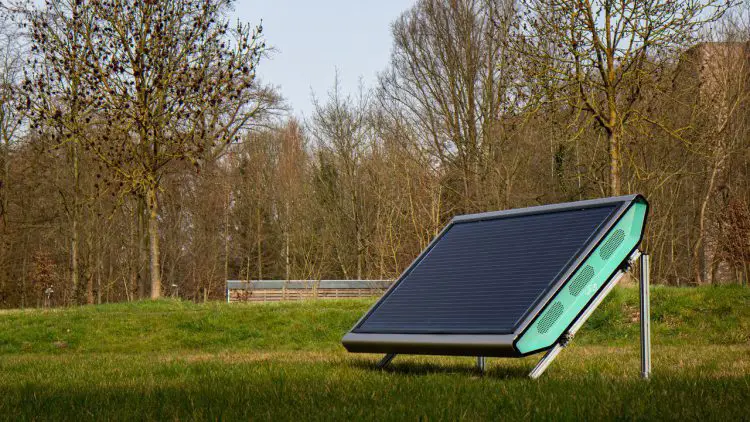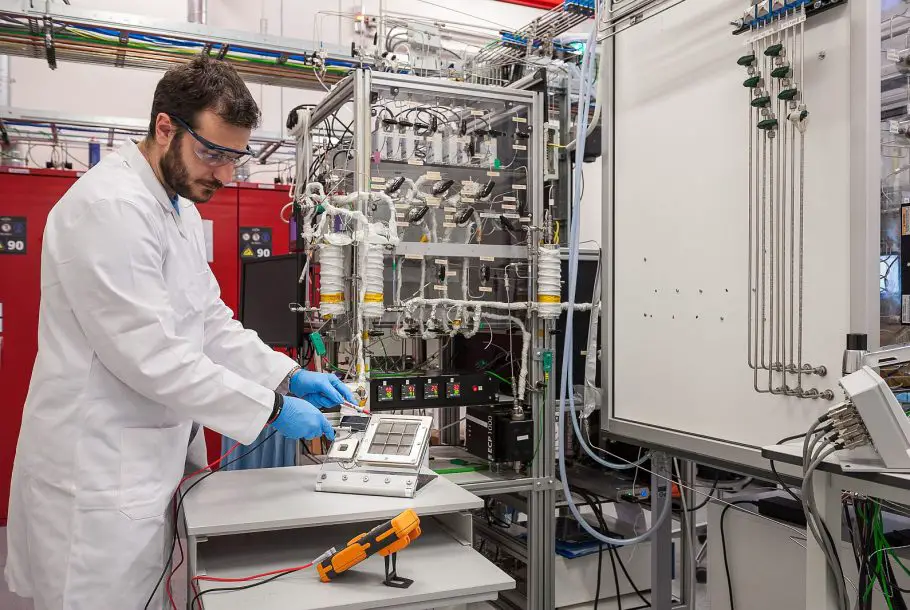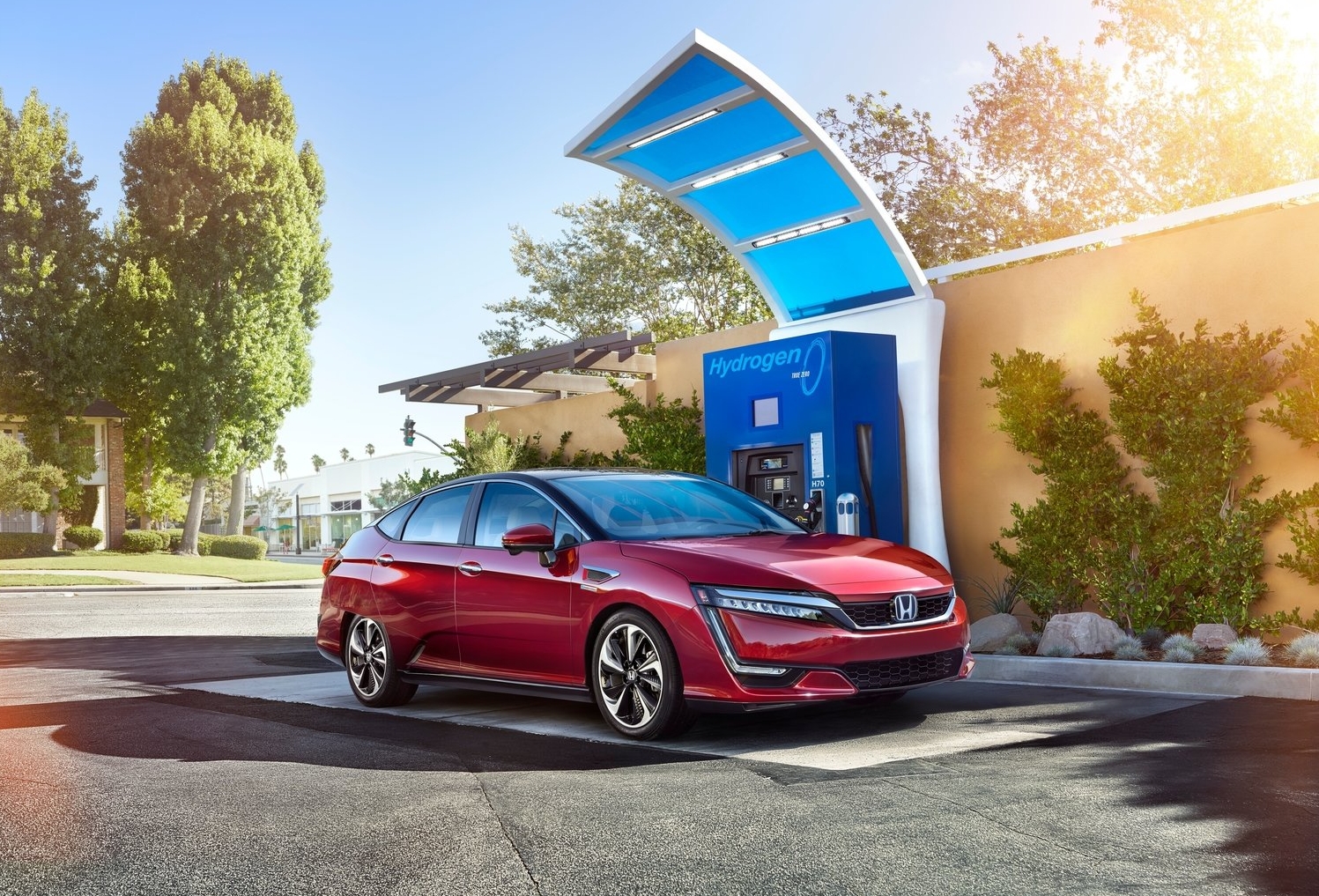Hydrogen car fueling at home?
Solar panels that make hydrogen directly? It can be done and you need about 20 of them to take a family home off the gas and electricity grid. And if you store that hydrogen in a tank, you can also refuel a hydrogen car like the Toyota Mirai or Hyundai Nexo at home.
What is a hydrogen panel?
A conventional solar panel converts 18 to 20 percent of the sun’s energy into electricity. If you use that current to split water into hydrogen and oxygen, a lot of energy is lost. Researchers at the Catholic University of Leuven solved that by designing a solar panel that more efficiently converts water vapor from the air directly into green hydrogen. In the process, the solar power goes directly to an electrolyser integrated into the panel, which splits water into hydrogen and oxygen.
Prototypes of hydrogen panels
The first prototypes of a hydrogen panel have already been tested in Leuven in 2019. Many test copies later, the time is now ripe for the next step. That is production on a large scale. Leuven-based company Comate sees opportunity. This company helped with the prototypes and expects that the hydrogen panels could be on sale around 2030, according to a post on the site of the Belgian broadcaster VRT.

250 liters of hydrogen per day
In 2019, KU Leuven’s Johan Martens told us that a hydrogen panel can extract an average of 250 liters of hydrogen from the outside air. You can store these in tanks under high pressure with a compressor. With 20 hydrogen panels on the roof, a family can live for a year without gas and electricity.
15 years of development
Martens of KU Leuven worked on the development of the hydrogen panel for nearly 15 years. The researchers managed to produce per panel 0.25m3 hydrogen on average per day, a 15 percent efficiency. Although the solar panel is useful for producing solar energy and hydrogen, it cannot do both at the same time.

Hydrogen panel production
“We are very pleased that we can turn a research result like this into a marketable product” says Sander van den dries, director of Comate. “But you can’t really speak of an innovation until it is produced, sold and used.” To make that possible, the research project Solhyd will transform into a spin-off company of KU Leuven.
On roofs homes
“That way, we can eventually make the panels in large volumes and distribute them around the world,” said Jan Rongé, KU Leuven researcher. He is already looking hopefully to the future: “We expect that starting in 2030 it will be possible to install hydrogen panels on rooftops of homes.”

